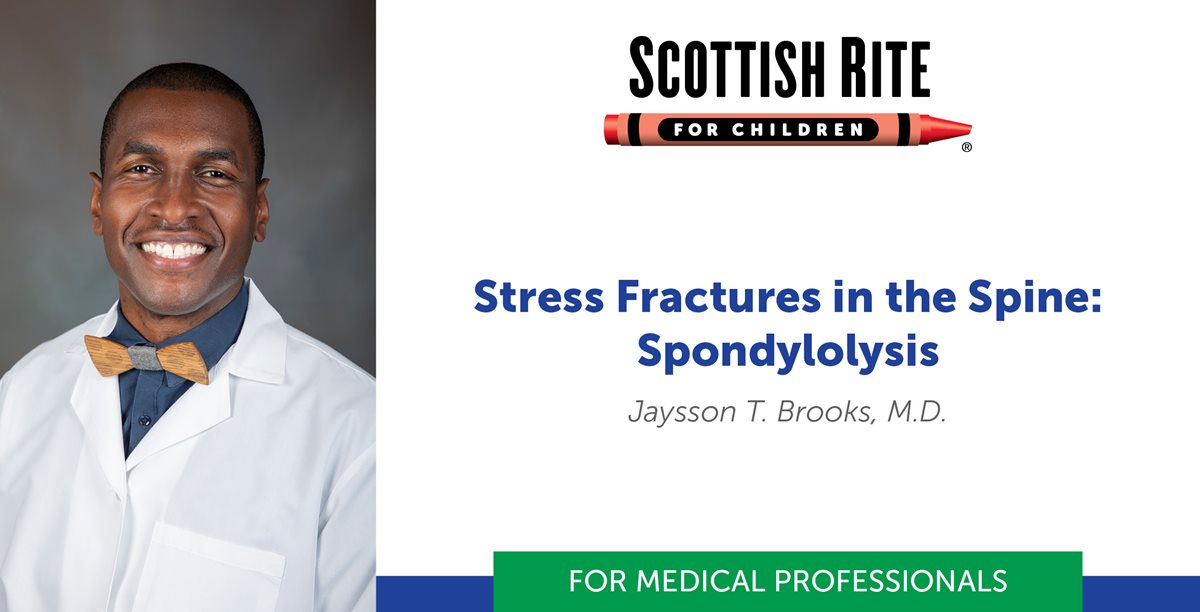Assistant Chief of Staff and pediatric orthopedic surgeon Philip L. Wilson, M.D., is dedicated to changing the game for young athletes. Research shows that children who specialize in a sport before the age of 14 are more likely to burn out, quit sports or experience...








